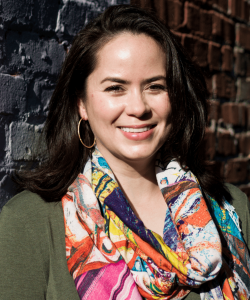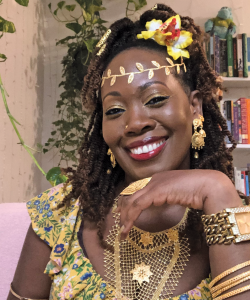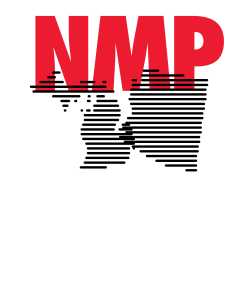Ten Outstanding Literary Magazines for Poetry

The author of How to Submit: Getting Your Writing Published With Literary Magazines and Small Presses names top journals offering visibility, community, and meaningful pay to poets.
Jump to navigation Skip to content

The author of How to Submit: Getting Your Writing Published With Literary Magazines and Small Presses names top journals offering visibility, community, and meaningful pay to poets.

The editor of Diagram highlights five literary magazines with unexpected ambitions, including a celebration of sentence-long narratives and a journal dedicated to revenge.

An agent at Trellis Literary Management offers nuanced advice to writers on approaching literary magazine publication, including how much these credits matter in a query letter and which writers benefit most from such exposure.

The author of the collection What We Fed to the Manticore highlights homes for short fiction that embrace new talent, spark dynamic conversations, and live the values of inclusion and representation.

The author of American Harvest: God, Country, and Farming in the Heartland identifies exemplary journals publishing nonfiction, where editors seek “a novel point of view, a voice willing to confront the true uncharted territory of the imagination.”
Publication in The Pushcart Prize: Best of the Small Presses is awarded annually for works of poetry, fiction, and creative nonfiction published by literary magazines or small presses during the current year. Editors may nominate up to six poems, short stories, novel chapters, or essays published, or scheduled to be published, in 2025; submit one copy of each work by December 1. There is no entry fee. Visit the website for complete guidelines.

The new editor in chief of Ploughshares discusses her vision for expanding the journal’s digital format and its community.

The author of How to be Unmothered: A Trinidadian Memoir spotlights magazines and journals, such as Forge Literary Magazine and Kweli, that authentically welcomed excerpts of her work.

“Take pleasure in publishing work you love,” says Ander Monson, founder of New Michigan Press. Steered by this guidance and a taste for the off-kilter, the press has produced chapbooks and the magazine Diagram for over twenty years.